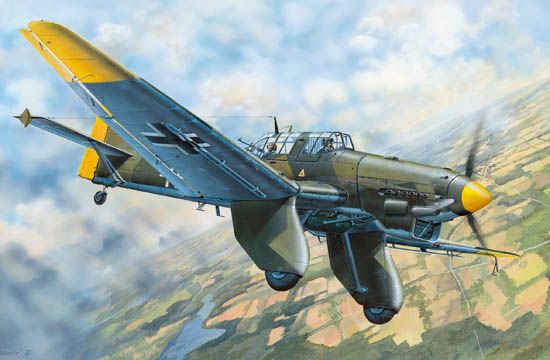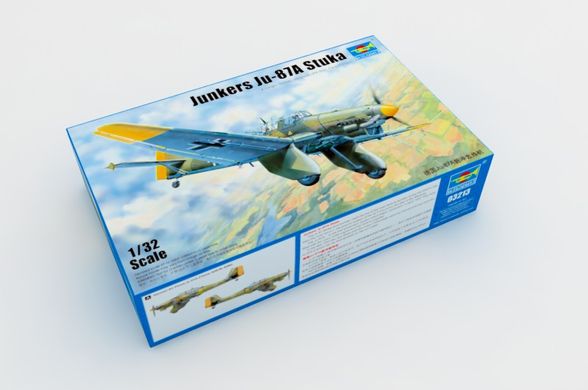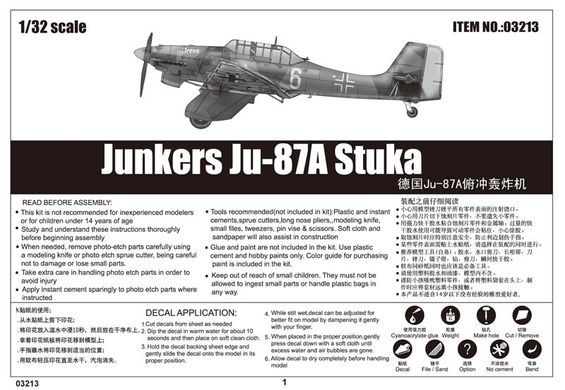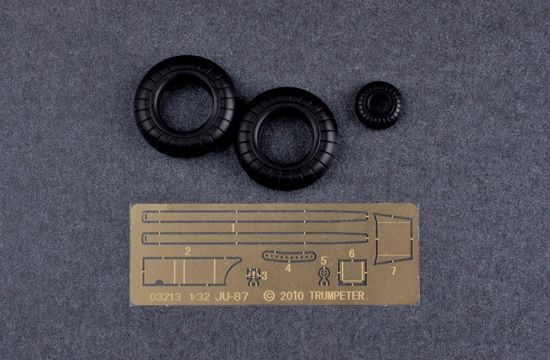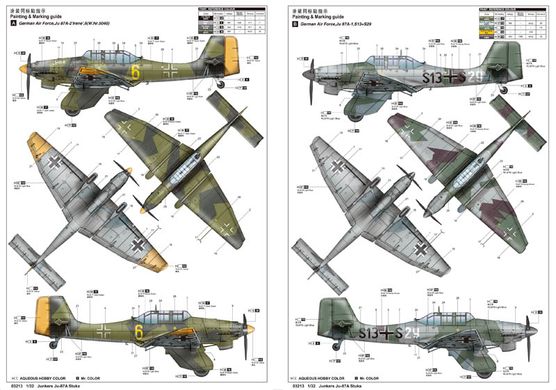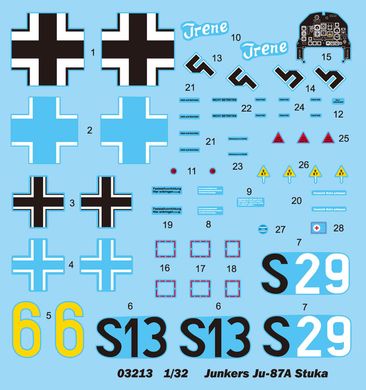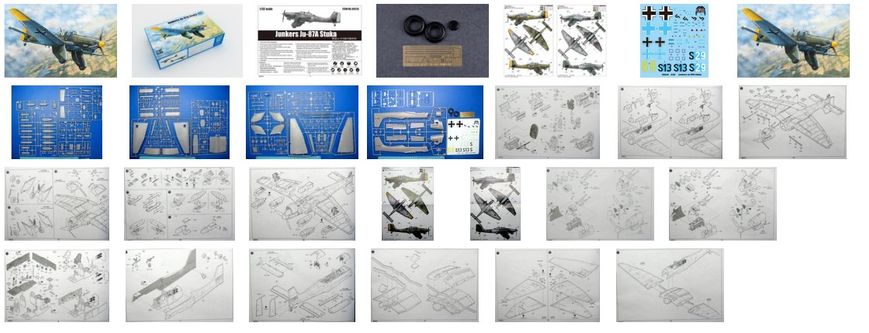The Junkers Ju-87 Stuka (short for the German Sturzkampfflugzeug, meaning dive bomber) is a German single-engine dive bomber with a classic fuselage, inverted gullwing wings and an all-metal construction. The Ju-87 is one of the Luftwaffe's most famous aircraft, a symbol of its power alongside the Me-109. At the beginning of the war (1939-1941), he became a symbol of blitzkrieg, often causing panic among enemy soldiers by setting up acoustic sirens (so-called Jericho barrels), causing a specific sound during diving. The creator of the machine was Hermann Pohlmann, and the Ju-87 first took to the air in 1935, and two years later went into production. During the Spanish Civil War, without encountering a single serious enemy in the air, it was able to prove effective in the missions for which it was designed. Thanks to the possibility of a very steep dive while maintaining a relatively low speed, a very high bombing efficiency was achieved. Stuka's fame was established during his activities in Poland, the Netherlands, France, Greece and Crete. However, during the Battle of Britain, the slower fixed landing gear Stukas were simply killed by RAF aircraft and as a result were delegated to attack less protected targets. On the Eastern Front, the Ju-87 played a role primarily as a direct support aircraft and an excellent tank destroyer. Hans Ulrich Rudel - the Luftwaffe pilot who was awarded the largest number of awards, had 519 destroyed Soviet tanks. During the war, production of the Ju-87 was suspended many times, but it was always found that it needed to be revived, as there was no other aircraft that could adequately replace it. Over the years of the war, a dozen and a half modifications and modifications of the Ju-87 were created. The first production one was the Ju-87 B (Berta). It was powered by two versions of the Jumo 211 engine with a mileage of 1000 km or 1200 km. Performed the role of a ground-based dive bomber. In turn, the Ju-87R (Richard) was used to strike naval targets. It had a longer range than the B version, but was slightly slower. Version D (Dora) was the most widely produced and most modified. They had new 1420 and 1500 horsepower versions of the Jumo 211 engine. The Ju-87D had better booking than its predecessors. The last large-scale version of the Ju 87 was the Model G (Gustav), an attack aircraft and "tank destroyer", which entered line units in early 1943. The main armament of this version was two 37 mm Bordkanone BK 3.7 guns mounted in trays under the wings. The Ju-87G also had improved armor. During the entire war, about 5,900 units of all modifications of the Ju-87 were produced. Technical data (Ju-87B version): length: 11 m, wingspan: 13.8 m, height: 4.23 m, maximum speed: 390 km / h, maximum range: 500 km, maximum ceiling 8200 m, armament: stationary - 3 machine guns of caliber .7.92 mm. , suspended - up to 450 kg of bombs.















